3 Signs Your Employees are Stressed
With the increasing demands and pace of life in a rapidly changing world, the word “stress” is everywhere, but often misused.
The state of stress is when the demands placed upon you outstrip both the external and the internal resources that you have available to meet these pressures.
There is no question that when people are in a state of stress, they underperform. Stress is a major drain on both personal and business resources, but much can be done to not just alleviate it but build abilities and skills on personal and organisational levels that generate a healthy working environment.
Here Work Well Being Associate and Mental Health Lead Dr B describes the signs to look out for that may indicate your employees are stressed, and what you can do to alleviate this and build a healthy workplace.
3 Signs of Stress
The way people exhibit the signs of stress varies, people become stressed by different things and at different times in their lives.
Generally speaking people react in one of three ways:
1. Foot on the Gas
This pattern of behaviour is characterised by ‘fight or flight’, resulting in lots of adrenalin in the system.
Behaviours displayed - irritable, critical, micro-managing, putting their upset onto others, loud, speedy, driven, argumentative, over-active, just can’t stop.
2. Foot on the Brake
This pattern of behaviour is to turn inwards, close down or shut off in order to protect ourselves.
Behaviours displayed – withdrawn, quiet, passive, self-critical, tense, low mood, avoids conflict, easily upset but hides it, working harder.
3. Nothing going on here
Mostly at work what people do is to hide it and make more and more effort to appear ok.
Behaviours displayed – hide their distress, paddle harder to keep up, blame themselves for their inadequacies, take their stress home, channel it into damaging habits.
5 things you can do
1. Encourage regular breaks and lunch away from the desk - the opportunity to fully relax, have fun and forget about work during the day leaves people refreshed and ready to deliver their best work again.
2. Look out for subtle changes in mood and behaviour - a good manager will notice subtle changes such as the ones mentioned above and rather than judging, will ask, listen, understand and support. These behaviours alone make people feel more able, will relieve stress and foster trust and respect.
3. Ask people how they are doing - ideally in weekly in one to ones, providing opportunity to regularly check in with how they are feeling and to show that you care.
4. Be flexible about how and when work gets done - trust that people want to do a good job and give them the autonomy to do that. Ask them what they need to do this.
5. Model self-care - lead by example and ensure that you are ‘in action’ yourself by practising healthy working behaviours including breaking regularly, eating away from the desk, maintaining reasonable working hours and minimising email use outside of work hours.
Reduce stress in your workplace
If you’re interested in learning more about how to reduce stress at your workplace, then we’d love to talk to you. Contact us.





